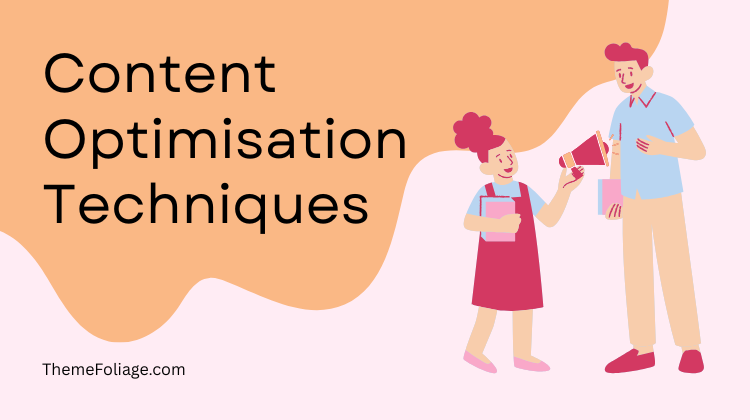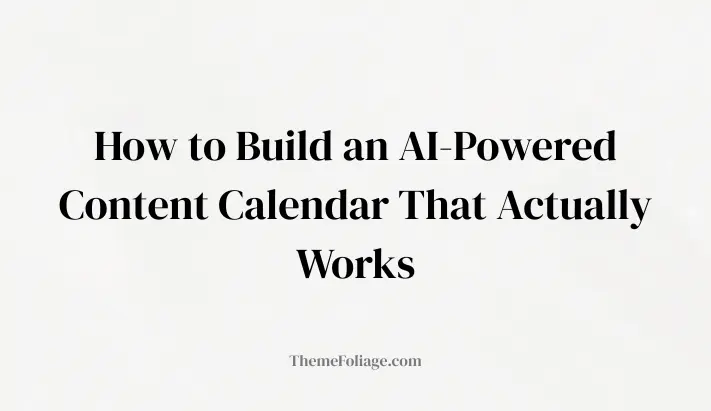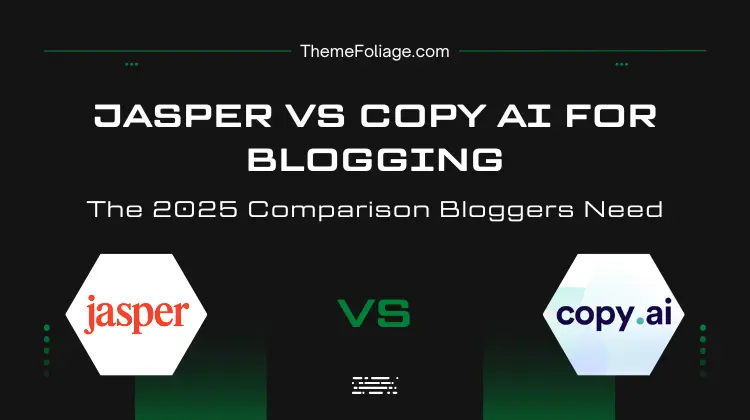Search algorithms evolve constantly, and 2025 is no exception. Content optimisation has shifted from keyword stuffing to user-centric quality enhancement.
To compete effectively, marketers must master advanced optimisation techniques that balance relevance, intent, and engagement.
This guide reveals the content optimisation techniques that actually work today, backed by data, not guesswork.
Why content optimisation matters more than ever
Even the best-written article can underperform without proper optimisation. Optimised content not only improves rankings but also increases user dwell time, click-through rates, and conversions.
It aligns what you write with what your audience actually wants, and how search engines interpret it.
- Enhances visibility across multiple search intents.
- Improves user engagement and conversion opportunities.
- Supports topic authority and content clustering strategies.
1. Align content with user intent
Every search query reflects intent, informational, navigational, commercial, or transactional. Matching your content type and tone to user intent is critical for ranking success.
- Informational: Create guides, tutorials, or how-tos.
- Navigational: Use brand mentions or comparisons.
- Commercial: Offer product insights, comparisons, or reviews.
- Transactional: Optimise landing pages for conversions.
Tools like Google Search Console, Ahrefs, and SurferSEO help you analyse search intent and adjust your structure accordingly.
2. Use semantic SEO to strengthen context
Search engines now use natural language processing (NLP) to understand meaning beyond keywords. Semantic SEO ensures your content covers related entities, concepts, and subtopics thoroughly.
- Include LSI (Latent Semantic Indexing) keywords and relevant phrases naturally.
- Answer related questions using headings and structured data (FAQ schema).
- Link internally to supporting articles and topic clusters.
By building semantic depth, you help Google understand that your content comprehensively addresses a topic.
3. Optimise for featured snippets and zero-click results
Featured snippets and People Also Ask (PAA) boxes dominate the SERPs in 2025. Structuring your content to win these positions brings high visibility.
- Use question-based subheadings (“How to…”, “What is…”, etc.).
- Answer concisely within the first 40–60 words under each heading.
- Use bullet lists and tables to increase snippet eligibility.
- Implement FAQ schema markup to boost chances of appearing in PAA.
4. Maintain content freshness
Regularly updated content performs better. Outdated statistics or broken links reduce trust and visibility. In 2025, Google’s “content freshness” signals are stronger than ever.
- Review top pages quarterly for accuracy and current data.
- Update old posts with new insights, visuals, and internal links.
- Re-publish refreshed content with a new date to boost recrawling.
5. Structure your content for readability
Long blocks of text discourage readers. Google measures engagement through metrics like scroll depth and dwell time, which are affected by readability.
- Use short paragraphs and clear subheadings (H2/H3).
- Incorporate visuals, charts, and pull quotes.
- Maintain an active voice and avoid jargon.
- Use Flesch-Kincaid readability tools to keep grade level between 6–8.
6. Optimise title tags and meta descriptions
Your title tag and meta description directly influence click-through rates. In 2025, Google still values clear, keyword-rich, and compelling metadata.
- Keep titles under 60 characters, including the keyword.
- Use emotional or benefit-driven language to attract clicks.
- Include your target keyword near the start.
- Write meta descriptions between 150–160 characters.
7. Improve internal linking structure
Internal links distribute link equity and help crawlers understand your site architecture.
- Link from high-traffic pages to underperforming ones.
- Use descriptive, relevant anchor text.
- Avoid over-linking, 2-4 contextual internal links per 1,000 words is ideal.
- Use a “hub and spoke” model to connect topic clusters.
8. Add multimedia for engagement
Rich media improves time on page and reduces bounce rate — both indirect ranking signals.
- Use optimised images with alt text and compressed file sizes.
- Embed short videos that support the written content.
- Add infographics to summarise complex information.
9. Core Web Vitals and UX signals
Google’s Core Web Vitals – LCP, FID, and CLS remain crucial. A fast, smooth site enhances both user experience and rankings.
- Optimise images and code to improve loading speed.
- Use responsive design for all devices.
- Limit intrusive popups or autoplaying videos.
10. Integrate AI tools for content optimisation
AI has revolutionised content optimisation. From identifying keyword gaps to predicting engagement, these tools make data-driven SEO simpler.
- Use SurferSEO or Clearscope for semantic keyword optimisation.
- Leverage ChatGPT or Jasper for rephrasing or content enhancement.
- Monitor content performance with Google Search Console insights.
11. Outperform competitors with content gaps
Analysing competitors reveals what topics you’re missing — and what you can outperform.
- Use Ahrefs’ Content Gap or SEMrush Topic Research tools.
- Find under-served keywords with low competition and high intent.
- Expand your article depth and include multimedia to add value.
12. Enhance E-E-A-T signals
Google’s E-E-A-T (Experience, Expertise, Authoritativeness, Trustworthiness) framework is stronger than ever in 2025.
- Include author bios with credentials and social proof.
- Use reliable, cited data sources and outbound links to authority sites.
- Add reviews or case studies for authenticity.
13. Mobile-first content optimisation
Most users now browse on mobile devices. Mobile optimisation goes beyond responsiveness — it’s about clarity, scannability, and engagement.
- Use shorter paragraphs and larger fonts.
- Optimise CTAs for touch interaction.
- Ensure all multimedia loads quickly on mobile networks.
14. Monitor performance continuously
Content optimisation is never done. Regular tracking ensures your pages remain relevant and competitive.
- Monitor keyword rankings weekly.
- Track click-through and bounce rates in Google Analytics.
- Update underperforming content monthly.
Conclusion
Effective content optimisation in 2025 isn’t about pleasing algorithms, it’s about creating content that satisfies users and aligns with search intent.
From semantic SEO to Core Web Vitals, each optimisation step builds a stronger digital foundation. By following these techniques consistently, you can achieve better visibility, more engagement, and sustained organic growth.
You may also like to learn – Advanced Link Building Strategies.



